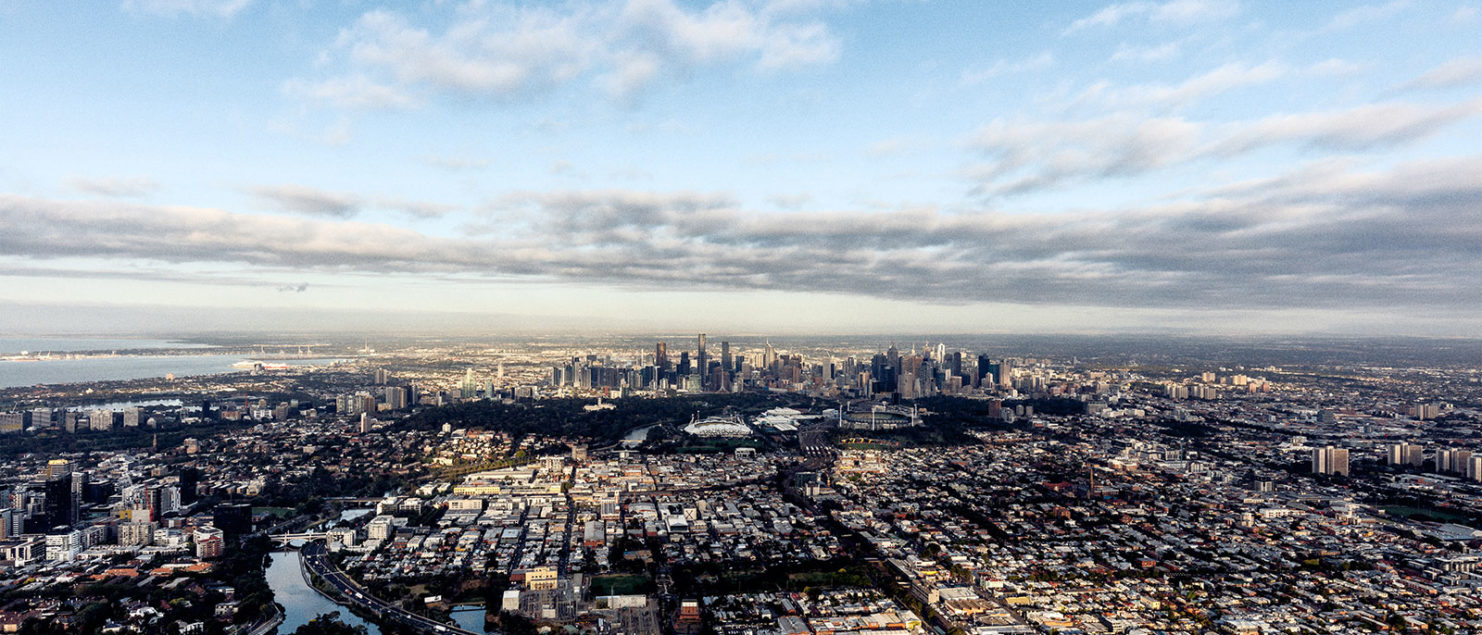A change is as good as a holiday: why many city dwellers are making the move to regional Victoria
As Melbourne’s population continues to grow and the boundaries of what was one the outer suburbs also stretches to see new developments on former agricultural land, a growing number of home-buyers, investors and property developers are looking to pockets of regional Victoria to expand their horizons. It’s easy to understand the shift in thinking. Melbourne may still show up in polls as one of the world’s most liveable cities but as house prices in sought-after suburbs put property ownership further beyond the grasp of many, life in the inner-sanctum of a regional centre is enticing for a variety of reasons.
Convenience is Key
Life in the outer suburbs of a major city does not appeal to everyone. When it comes to commuting, lack of public transport infrastructure in some outer suburbs of Melbourne can be off-putting for workers unwilling to spend wasted hours sitting in traffic – not to mention the cost of freeway tolls. As an alternative, with many regional centres within 150 kilometres of Melbourne offering easy train transport to Melbourne’s CBD, the length of time spent on a train can be offset by the advantage of technology that can turn a train carriage into a mobile office – enabling commuters to make calls, send emails, work on documents and be more productive than they would be if stuck in a car driving for 90 minutes.
Regional centres such as Geelong, Ballarat, Kyneton and Mornington offer the opportunity to access more affordable properties for sale or rent – and the convenience of accessing Melbourne for daily commuting. In addition, the community infrastructure is always improving, with increasingly vibrant cafe, restaurant, sporting, retail and arts hubs designed to build stronger communities who see the trade of a big city lifestyle as an easier transition than ever before.
The Financial Incentive To Make the Regional Move
Even if commuting is out of the question, other more distant regional centres are still running a positive campaign to attract developers, investors and home-owners, by promoting the big businesses they are attracting to their towns, with an impressive array of companies choosing to have head offices and sub-offices in these growing mini-cities.
The added advantage of making a move to places further afield, such as Bendigo, Mildura, Shepparton or Gippsland, is the financial incentive of the First Home Owner Grant, which doubled, from July 1, 2017, to offer $20,000 for new homes in regional Victoria valued up to $750,000 and the abolition of stamp duty for first homes under $600,000.
Crunching those kinds of numbers is a definite attraction and as long as developers and local councils continue to work together to focus on placemaking, rather than merely building, the future for regional Victoria is looking very bright.
